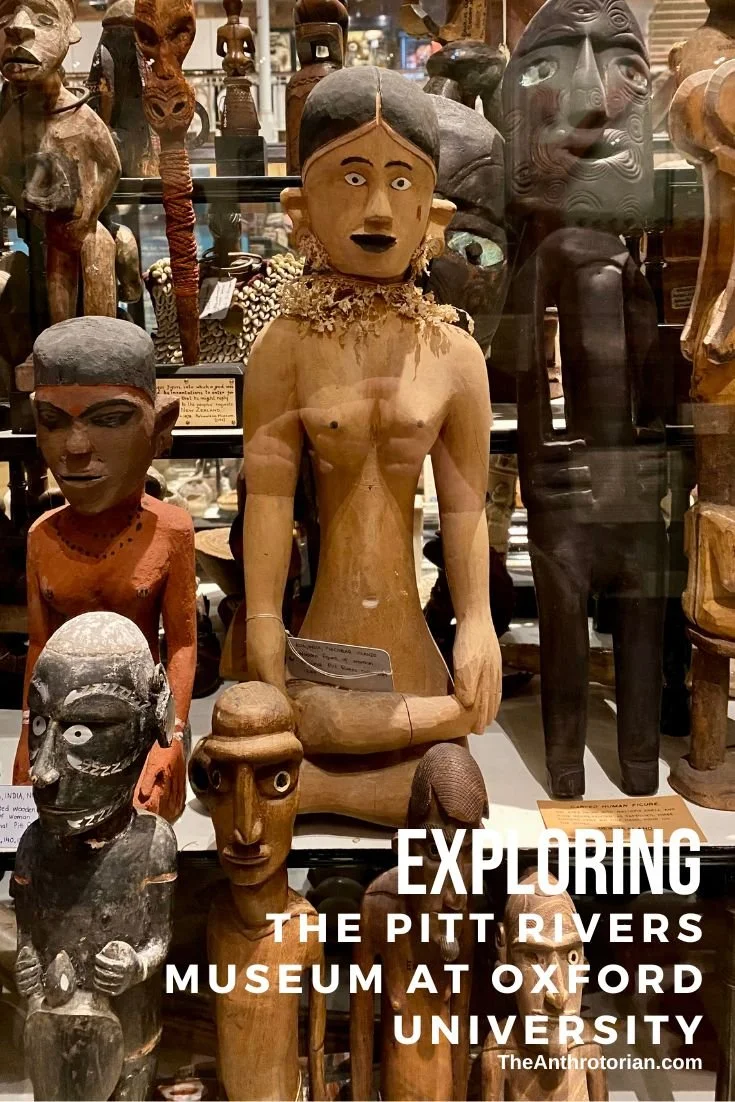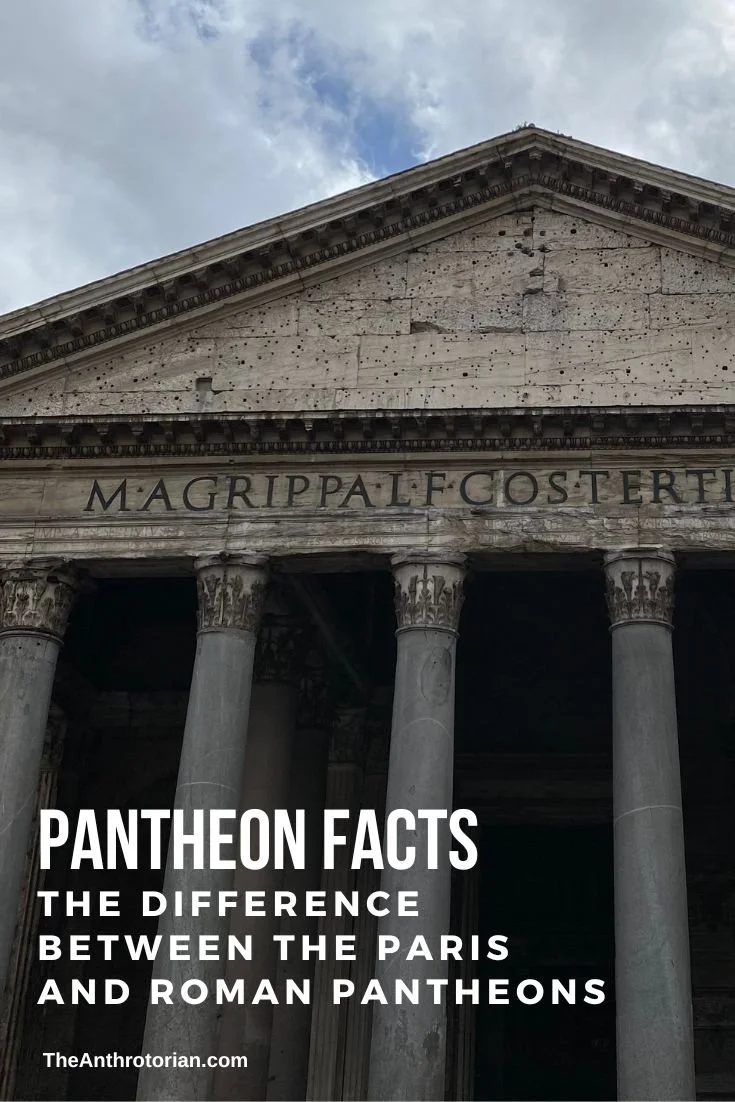National Geographic has aired a documentary, media outlets from around the world have written stories and Art Historians have taken sides on the controversial search for the elusive, lost Leonardo Da Vinci masterpiece.
If you have no idea what I am talking about (or are wondering when/how Leonardo lost his painting) here is some background to get you up to speed.
At the start of the 16th century, the leaders of Florence commissioned Leo to paint a massive fresco (a fresco is basically a painting done directly on a wall) in Florence’s Palazzo Vecchio (city hall). They asked that it represent the Florentine Republic’s victory over the Milanese in a battle on the plains of Anghiari that took place on June 29, 1440.
Leonardo decided to use this commission to experiment with some new techniques, but about a year after he started, he abandoned the work, because his experiments had failed and were causing the pigments in the painting to run.
When the Palazzo Vecchio was going through a renovation 50 years later, Giorgio Vasari — an artist and art historian — was commissioned to paint a new fresco covering the entire wall of the room where the unfinished Da Vinci lived.
This is where the history gets fuzzy.
Some believe that Vasari could never have destroyed a work by Da Vinci and so built a new wall in front of the fresco with an air gap in order to protect it, while others are convinced that he just painted right over top.
Fast forward to the present…
San Diego University Art History Professor Maurizio Seracini (featured in Dan Brown’s The Da Vinci Code), has made it his life’s work to find the 'missing' Leonardo. Suspecting the rumors that it could still exist behind the Vasari, he travelled to Florence and, after examining the painting himself, discovered the phrase “Cerca Trova” (Seek and You Shall Find) written on a flag in the fresco.
Taking it to be a clue from Vasari himself — very Indiana Jones — he asked for and received permission to bring in high frequency, surface penetrating radar that revealed a hollow space behind the wall where the inscription is. Seeing this as proof that the Da Vinci still exists, he put into motion a plan to drill 14 small holes into the Vasari in order to see if the Leonardo was behind it. That is when the problems started.
When word got out that someone was going to drill into a famous work of art, there was both public and political outcry. After A LOT of debate, Seracini’s team received permission to drill 6-7 holes, but ONLY in preexisting cracks or in areas that had been recently restored. Because most of these approved zones were not in the target area, what began as a well researched plan, giving the scientists the best chance to achieve success, came down to sheer luck.
“Some believe that Vasari could never have destroyed a work by Da Vinci and so built a new wall in front of the fresco with an air gap in order to protect it, while others are convinced that he just painted right over top”
Each hole took painstaking hours to drill and investigate, and before the team could finish their research, they were attacked in the Italian media and work halted as news reports claimed that they were vandals who were drilling up to 78 holes into the existing Vasari and were using devices that emitted neutrons (both lies).
But, like a scene in a Dan Brown novel, all was not lost.
In an exciting twist, traces of pigments known to be used exclusively by Leonardo were discovered in one of the holes that had been drilled before the media attack. A black pigment found can even be traced back to the Mona Lisa!
To Seracini, this has become definite proof that, though the condition of it is unknown, the lost work is there behind the Vasari and needs to be revealed. At this point, he is trying to come up with a way to see more of the pigments behind the Vasari and eventually reveal (what he is convinced is) the Leonardo, while those who are convinced there is nothing there are doing everything that they can think of in order to stop him.
The controversy brings up very good questions
In the art world, who has the right to decide which work is more important — a Da Vinci or a Vasari?
Is it right to destroy in order to discover? Disturb in order to satisfy our human need to learn?
Is there a compromise to be found?
Will the world ever really know what’s behind the wall?
For arguments sake, you could say that we would know nothing about ancient Egypt if we never dug into the pyramid,s and even less about ancient pagan religions if we didn’t disturb the floors and foundations of churches to find the pagan alters that they were built on.
What do you think?









